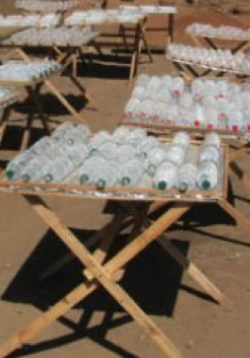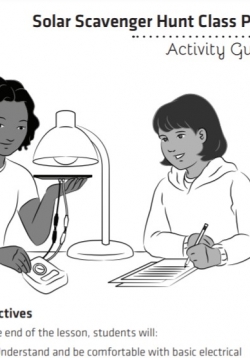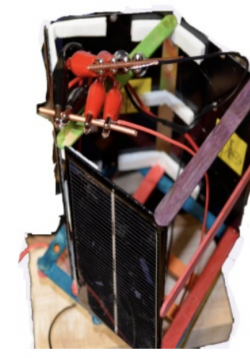
Two really fantastic and engaging engineering challenges held both nationally and online for grades 4-12: Wind Engineering and Solar Structures. Educators and students are provided with scaffolded lessons for engaging in the fundmanetal content of the challenge, as well as guidance for how to prepare and structure the challenge. Challenges can be run at the class, school, district, or regional level and the in-person challenge includes regional and national competitions. Kidwind also provide professional development opportunities for educators.







